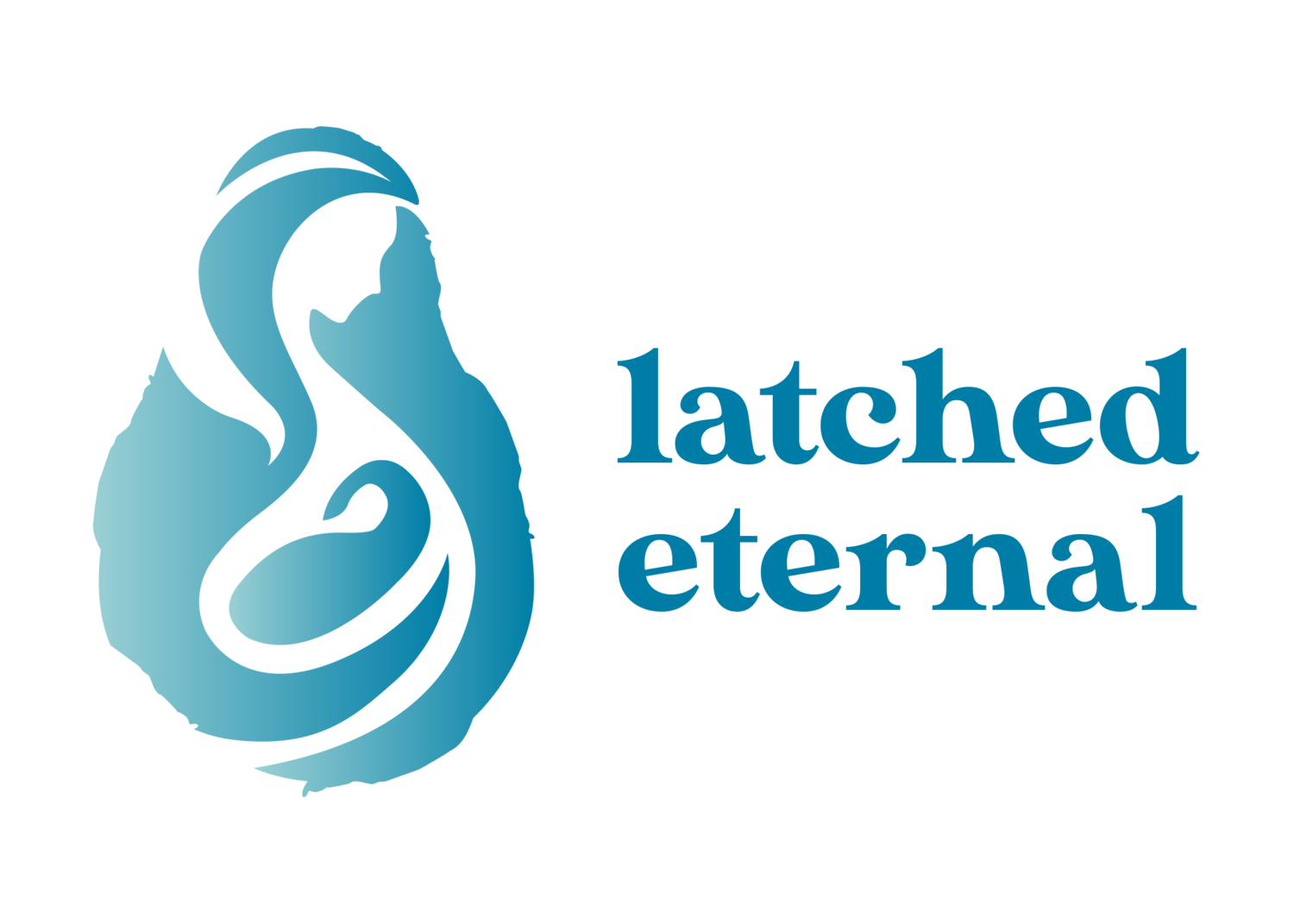The Ultimate Guide to Breast Milk Storage
*Affiliate links are included in this post.As a new parent, navigating the world of breastfeeding can be both rewarding and challenging. One aspect that often arises is the question of how to properly store breast milk. Understanding the guidelines set forth by health organizations like the World Health Organization (WHO) and the Centers for Disease Control and Prevention (CDC) is important for ensuring the safety and quality of your baby's milk. In this comprehensive guide, we'll delve into the recommended practices for storing breast milk according to WHO and CDC guidelines, along with some recommended products to help you along the way.
Understanding the Guidelines:
Breast milk is a precious resource filled with essential nutrients and antibodies crucial for your baby's health and development. Proper storage helps maintain these nutrients while minimizing the risk of contamination. Here's a summary of the key guidelines provided by WHO and CDC:
Storage Temperature: Breast milk can be safely stored at room temperature (up to 77°F or 25°C) for up to 4 hours. If the temperature rises above this, it's recommended to use the milk within 2 hours. In the refrigerator (at 32-39°F or 0-4°C), breast milk can be stored for up to 4 days. For longer storage, the freezer is the best option. In a standard freezer (0°F or -18°C), breast milk can be stored for up to 6 months. In a deep freezer (-4°F or -20°C), it can last up to 12 months.
Storage Containers: Always use clean containers specifically designed for breast milk storage. These can be glass or BPA-free plastic containers. Make sure to leave some space at the top of the container as breast milk expands when frozen.
Thawing: Thaw frozen breast milk in the refrigerator overnight or by placing it under warm running water. Do not use the microwave as it can destroy valuable nutrients and create hot spots in the milk, posing a burn risk to your baby.
Recommended Storage Products:
Investing in the right storage products can make the process much easier and more convenient. Here are some top recommendations:
Breast Milk Storage Bags: These are specially designed for storing breast milk in the freezer. They are space-efficient and come with leak-proof seals, ensuring the safety of your milk. Storing in 1-3 ounce increments is ideal to prevent the bags from ripping as they expand when the milk freezes. Once the milk is defrosted from the freezer it needs to be used within 24 hours, so freezing in smaller increments prevents potentially wasting milk if your baby doesn’t take it all. Milk storage containers that portion out cubes of milk are another popular option
Breast Milk Storage Bottles: For refrigeration or short-term storage, storage bottles are ideal. Look for ones with measurement markings for accurate portioning.
Cooler Bags/Containers: If you're on the go, cooler bags can help maintain the temperature of your breast milk, especially during travel or outings. Look for insulated bags with ice packs for maximum effectiveness. Milk can be kept in an insulated cooler back with icepacks for up to 24 hours.
Tips for Efficient Breast Milk Storage:
- Label containers with the date when the milk was expressed to ensure proper rotation.
- Use the oldest milk first to prevent wastage. Remember: First In, First Out.
- Avoid adding freshly expressed milk to already chilled or frozen milk; cool it down first to minimize temperature fluctuations.
- Keep your breast pump and storage containers clean to prevent contamination.
Proper storage of breast milk is essential for preserving its nutritional value and ensuring the health and safety of your baby. By following the guidelines discussed above and investing in the right storage products, you can confidently provide your baby with the nourishment they need. Remember, every drop of breast milk is precious, so handle it with care and attention to detail.
